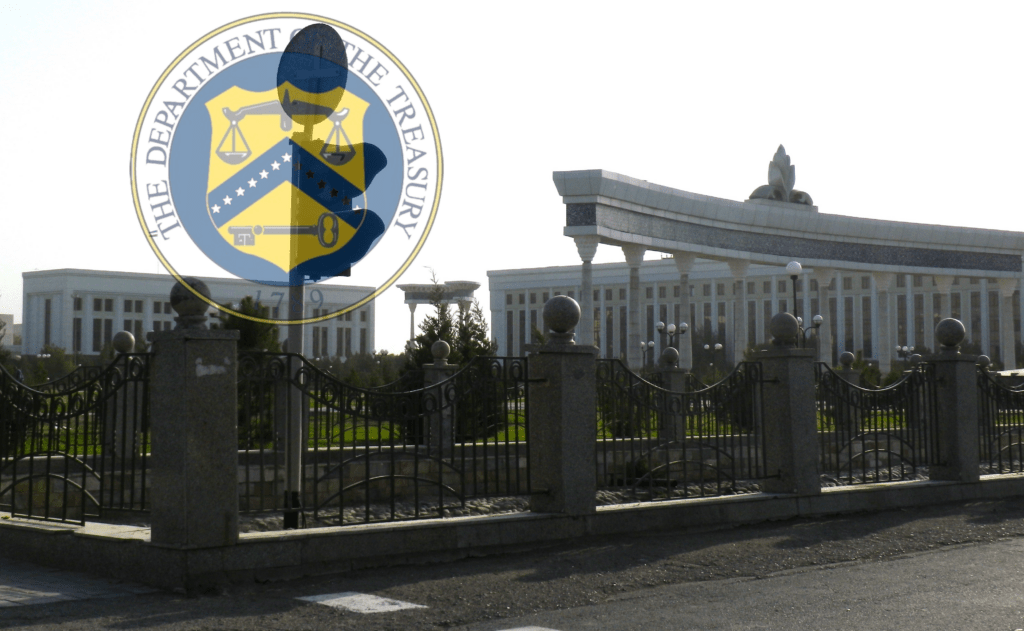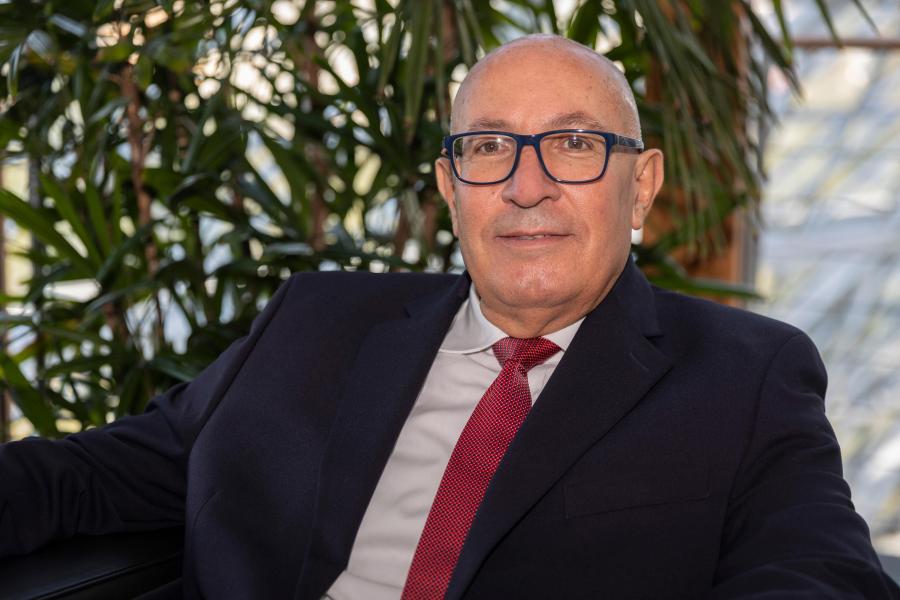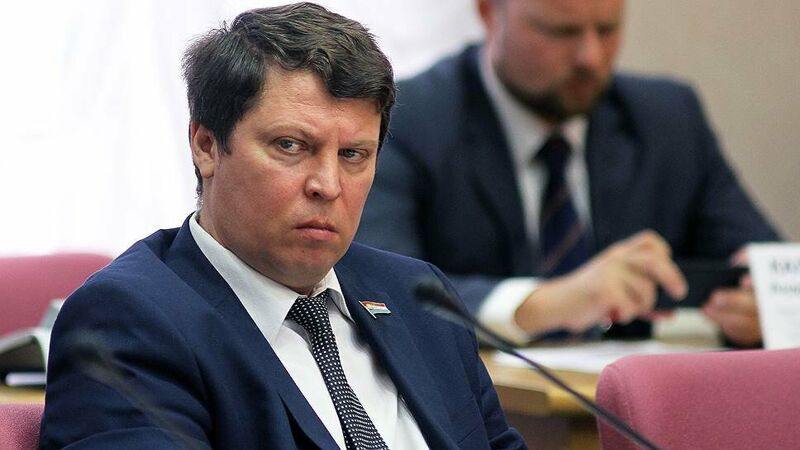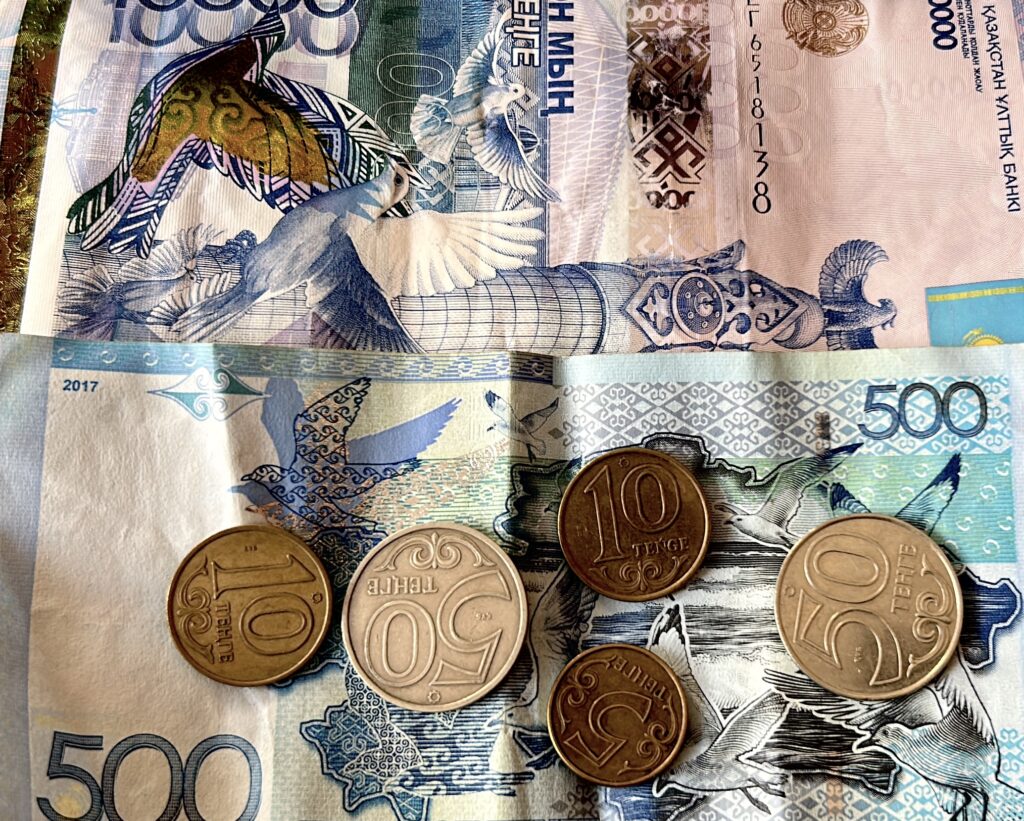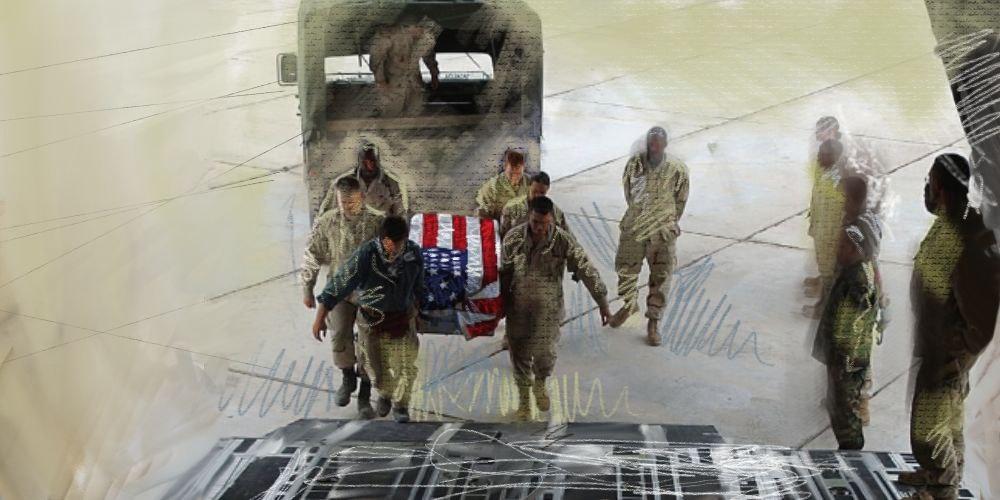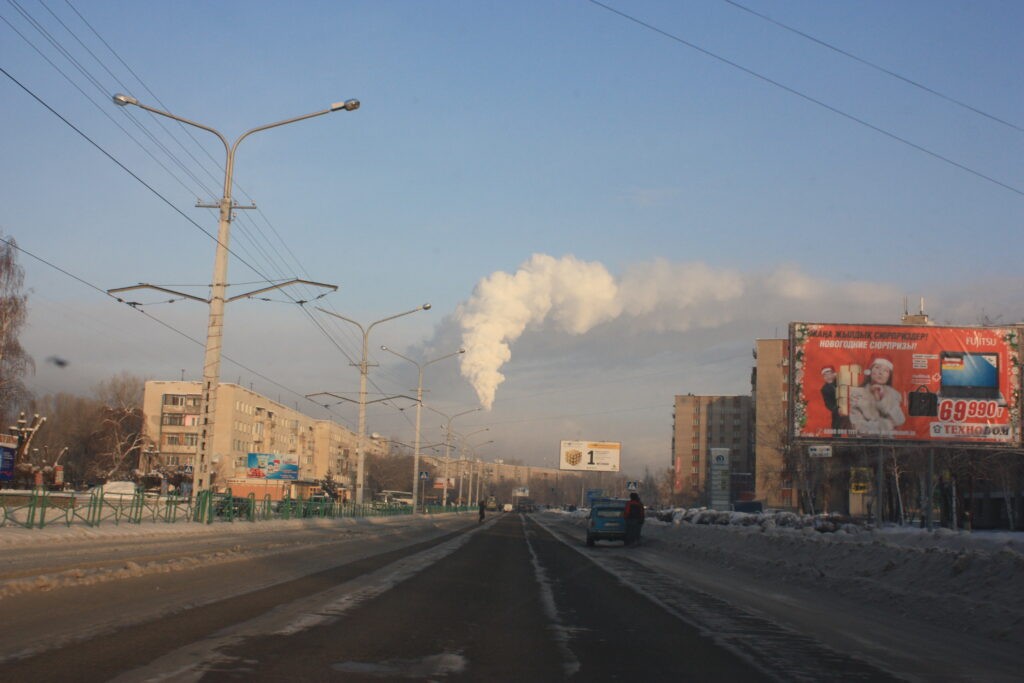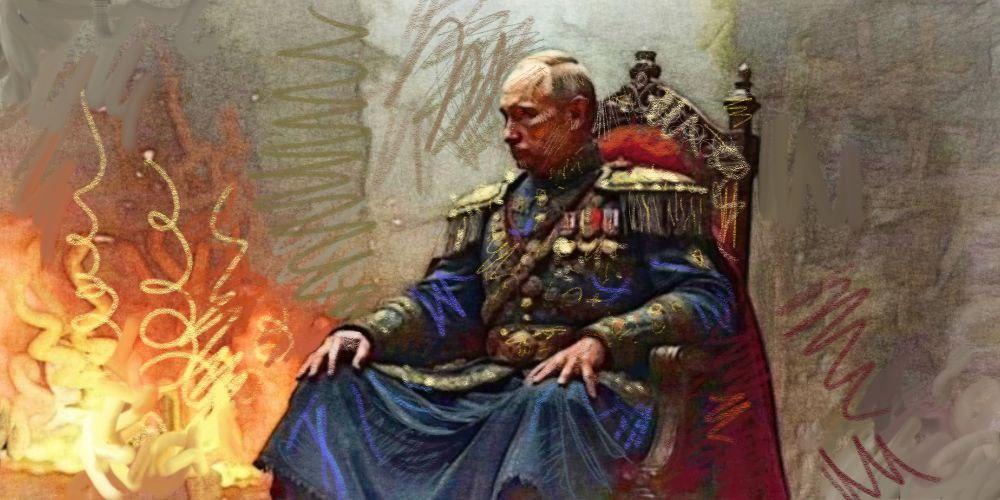The history of nuclear power in Kazakhstan has many chapters: the arms race, the suffering of people due to test sites, the highest achievements in the name of science, and the service of the nuclear industry for the benefit of society are closely intertwined here. On the eve of the referendum on Kazakhstan’s first atomic power plant, it is necessary to revisit these pages in history.
A dark past
Construction of the Semipalatinsk nuclear test site began in the Kazakh Soviet Socialist Republic in 1947. The test site is located on the border of the Semipalatinsk (now Abay), Pavlodar, and Karaganda regions, 130 kilometers northwest of Semipalatinsk (now Semey), on the left bank of the Irtysh River.
On its territory is the previously closed city of Kurchatov, renamed as such in honor of Soviet-era physicist, Igor Kurchatov.
The first nuclear weapons test held in the Soviet Union was conducted at this site on August 29, 1949. The power of the bomb totaled 22 kilotons. From 1949 to 1989, at least 468 nuclear tests were conducted at the Semipalatinsk nuclear test site. The long-term operation of this site and its negative impact on residents’ health and the surrounding environment help to explain the fear of nuclear energy in Kazakhstan. Two million people were affected across 300 square kilometers; with all agriculture banned, a vast swathe of land still remains off-limits. Pregnancies are still screened for possible termination, with 6% of babies born “polygon” (the name for the “closed zone”.)

Polygon baby, National Museum of Kazakhstan, Astana; image: TCA, Stephen M. Bland
Shutdowns and shortages
On August 29, 1991, Kazakhstan’s first president, Nursultan Nazarbayev, closed the Semipalatinsk test site. Prior to this, citizens had held rallies protesting against nuclear testing and its development. By 1994, Kazakhstan had voluntarily relinquished its part of the USSR’s nuclear arsenal.
On May 15, 1992, the National Nuclear Center in the city of Kurchatov was established based on the complex of the former Semipalatinsk test site. The Center deals with eliminating the consequences of nuclear tests and also conducts active and multidisciplinary scientific activities on the remaining research reactors in Kurchatov. Scientific research occurs internationally and touches upon safety technologies, the space program, and more.
In 1957, the Institute of Nuclear Physics of the Kazakh SSR Academy of Sciences was founded near Almaty (then Alma-Ata), where the VVR-K reactor, which is still operating today, was launched in 1967. The reactor was shut down in the late 1980s after the Chernobyl disaster and the earthquake in Spitak (Armenia); it was restarted in 1997, and the complex underwent safety and seismic reinforcement modernization. The Institute owns eight experimental facilities: the VVR-K research reactor, a “Критический стенд” lit. “critical stand,” and six charged particle gas pedal complexes.
In 1972, a unique fast neutron reactor BN-350 was launched in Aktau (then Shevchenko) at the Mangistau Atomic Energy Combine (MAEC). The reactor provided the Mangistau Peninsula with electricity and heat, and supported the operation of desalination plants taking seawater from the Caspian Sea. The reactor was decommissioned in 1999. Since then, MAEK has been running on gas, and Mangistau, which has almost no fresh water resources, has almost constantly experienced severe water and electricity shortages. Neighboring regions are also suffering.
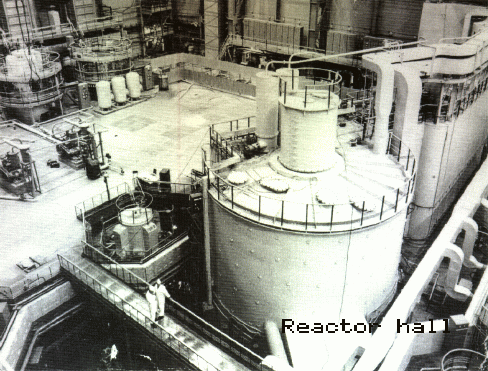
Shevchenko BN350, Aktau
In particular, in July 2023, power unit No. 1 at the MAEK thermal power plant was shut down. This left part of the city of Atyrau without electricity and also caused an emergency at the Atyrau Refinery, where the refinery’s process units were stopped. Due to the power outage at MAEC, oil production was wholly or partially suspended at the fields of JSC Ozenmunaigas, JSC Mangistaumunaigas, JSC Karazhanbasmunai, and JSC Embamunaigas in the Mangistau and Atyrau regions.
A brighter future?
Meanwhile, in 2009, Kazakhstan took first place in uranium production worldwide, and continues to maintain its position in the market. The republic produces about 40% of the world’s uranium. In addition, Kazakhstan has the world’s second-largest proven uranium reserves, with a 14% share. The first deposit, the Kurdai deposit, was discovered in 1953. A national company, NAC Kazatomprom, was established in 1997 to manage uranium extraction and the nuclear industries.
Kazakhstan currently experiences an acute shortage of electricity. According to the Ministry of Energy, in 2024, electricity consumption will total 120.6 billion kWh, while production will total 118.3 billion kWh, leaving a deficit of just under 2.4 billion kWh. In 2025, this figure will rise to 3.3 billion kWh, accounting for consumption at 125.1 billion kWh, and production at 121.8 billion kWh.
The situation will be particularly challenging in the south, where the population is rapidly growing. The consumption level in the Southern Zone is much higher than the production level, 27.7 billion kWh against 15.3 billion kWh. Thus, the deficit is equal to 12.4 billion kWh. Currently, Kazakhstan is forced to buy electricity from Russia.
The high wear and tear of TPPs (thermal power plants) and power grids only complicates the situation. In the winter months of 2023 and 2024, Kazakhstan experienced several communal accidents, especially in Ridder and Ekibastuz, where residents were left without heat in temperatures of minus 30-degrees. According to the government, the average wear and tear of CHP (combined heat and power plant) equipment is 66%, with the wear and tear of CHP in Uralsk, Stepnogorsk, Taraz, Kyzylorda, and Kentau exceeding 80%. The average age of CHPs in the country is 61 years, and approximately 76% of CHPs have been in operation for more than 50 years.
Today, a vast majority of experts believe Kazakhstan can only survive with further nuclear energy development and the construction of the first NPP. Without NPPs, the energy deficit will increase, especially in the southern regions. Almaty, the largest metropolitan city, is threatened with rolling blackouts. Kazakhstan will not achieve energy independence if it constantly buys electricity from Russia.
The idea of building a nuclear power plant dates back to the 1990s. In September 2021, speaking at the Eastern Economic Forum, President Kassym-Jomart Tokayev instructed scientists to “study the possibility of developing safe and environmentally-friendly nuclear energy in Kazakhstan… I have instructed the government to increase the share of renewable and alternative energy sources in power generation to 15% by 2030. About 2,000 MW of renewable energy sources have been put into operation. Kazakhstan is on the way to the target. However, commitment to RES alone is not enough to achieve carbon neutrality,” the president stated.
On September 1, 2023, President Tokayev announced during his annual address to the nation that a popular vote on the need to build a nuclear power plant in Kazakhstan would be held on October 6. As early as June 2022, the Ministry of Energy reported that the village of Ulken in the Almaty region had been selected as the site for the prospective power plant.
According to the government, the shortlist of companies to build the plant are the Chinese company, CNNC with the HPR-1000 reactor, Korea’s KHNP, with the APR-1400 reactor, Russia’s Rosatom, with VVER-1200 and VVER-1000 reactors, and the French EDF, with the EPR-1200 reactor. Energy Minister Almasadam Satkaliyev said earlier that Kazakhstan is also considering proposals from two U.S. companies to build nuclear power plants.
Given the tragic legacy of the nuclear test site near Semipalatinsk, Kazakhstanis must make a tough decision. The ballot will ask citizens to answer one simple question: “Do you agree with constructing a nuclear power plant in Kazakhstan?” The national referendum will be held on October 6. There are to be two answer options on the ballot: “Yes, I agree” and “No, I do not agree.”
